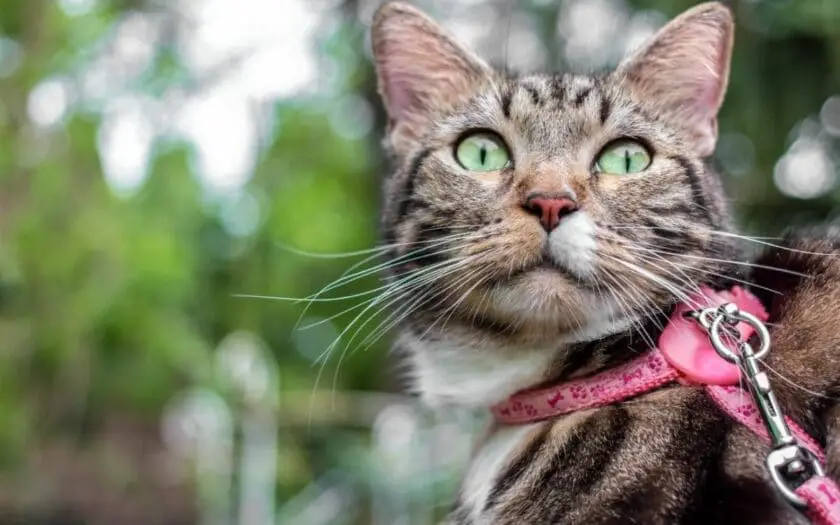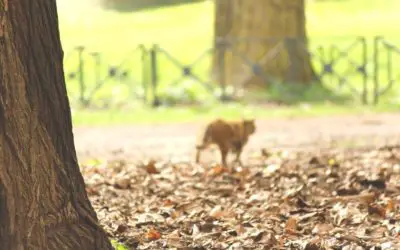I doubt you’ll give any notice to a dog being walked, but walking a cat on a harness and leash is a different experience because cats have a very different set of behaviors. In fact, some people may even feel embarrassed at the idea of taking their cat out for a walk. And more importantly, do cats even like to be taken on a stroll?
Not all cats will adapt to leash walking
The answer is probably not as conclusive as you might have hoped. While 99% of dogs are eager to go on long walks, not every cat will enjoy such an adventure. And while outdoor strolls have great benefits, there are some things to take into consideration before buying a harness and leash.
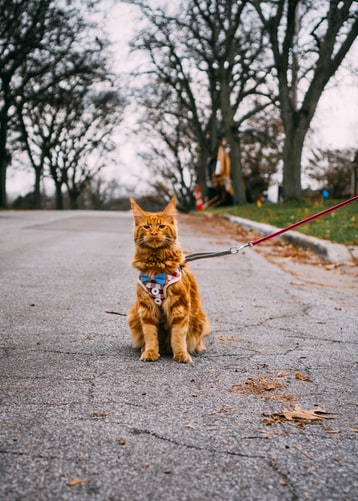
In the kingdom of cats, there are many personalities. So-called “door-dasher” cats take every opportunity to roam outside and won’t think twice about taking a moment to enjoy their freedom.
Of course there is also your typical shy and introverted cat. These will prefer to stay in the safety of a cool breeze and a nice panoramic view from behind their favorite window. This type of cat doesn’t want to go further than a few yards from your front door and may even panic or try to claw their way back inside.
As you might have guessed, the first type can probably be walked and may even enjoy it. And as for your typical shy indoor cat, they will probably dread you for taking them on a walk.
Pro tip: Consider which type of cat you own before buying a beautiful leash and harness.
It’s not the same as walking a dog
Even if your cat loves to be taken on a walk, it will likely be an excercise in patience. Since most cats are strollers, they constantly want to stop and sniff around, examine some leaves and bugs, and dart to play with them. Then they might move a few yards, only to stop again.
Steps to train a cat for leash walking
Have you decided that your cat is a suitable candidate for leash walking? You’ll be off to a great start by following these progressive steps:
Step 1. Build comfort with the harness
Step one is to make your cat feel comfortable wearing just a harness for a short period, and in the safety of their own domain (which is probably inside the house). This can take quite a bit of time, as it is very common for cats to feel extremely anxious in their harness at first. But with enough positive reinforcement, a cat can learn to view the harness as an opportunity for fun and exploring.
Once your cat is no longer anxious when having a harness on, you may then go one step further and gradually increase the time interval between putting the harness on and taking it off.
Step 2. Attach the leash
Once your cat reaches a level of comfort where it doesn’t matter whether the harness is on or off, you can move to the next step by attaching the leach. The leash-harness system as a whole can make your cat uneasy again, so have patience and use the same cycle of positive reinforcement.
Step 3. Take things outdoors
Once your cat is comfortable walking in a harness and leash around the house, it’s time for another big step! You can now go outdoors for the first time. Again, take the time to give your cat plenty of opportunities to sniff and explore outside! Rushing things now will likely end up making matters more difficult later on.
Step 4. Develop a routine
Walking your cat on a leash provides necessary enrichment. It lets your kitty exhibit his species-specific raw behaviors.
Establishing a routine is a great way to set expectations. Picking a set time for your daily walk will teach a particularly outdoorsy cat to set their expectations. You may also consider using signs like taking out the harness, jiggling it, and saying out loud, “Let’s go, it’s time for a walk”.
Be consistent; this also means taking out the harness only when it’s time to go for a walk!
A few more things to keep in mind
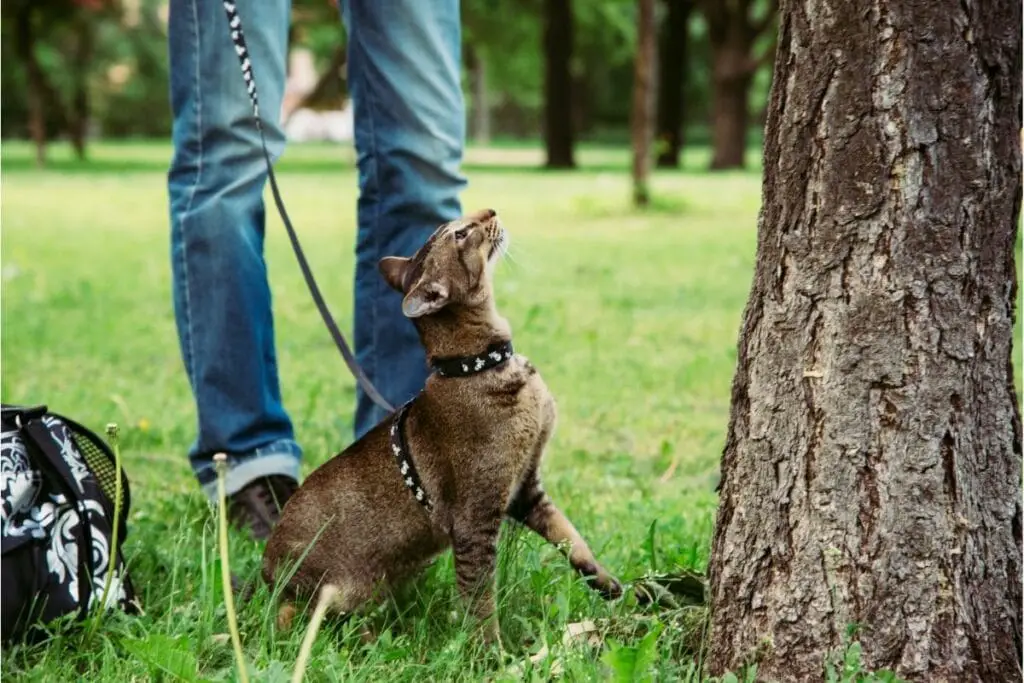
1. Familiarity
When you take your cat for a walk, ensure that the area is familiar to you so that you can act faster in case of an emergency. If there are any narrow holes around, block them off beforehand, since cats have a tendency to want to explore and hide in them.
To avoid sticky situations, opt to go into an open area or a garden where there are no other animals present. Keep in mind the proximity and only allow your cat to explore in that radius. If you think your cat is leading you to an area that could spell trouble, don’t just give in. Steer her in a different direction and follow.
2. Leash correction
Cats are a lot smarter than we give them credit for. They are some of the best hunters that nature has to offer. You don’t have to drag your pet with a leash to direct it in your desired direction.
Simply, hold the leash firmly and give soft correction through it. Your cat will understand that he is not allowed to go in that direction. Always remember, your energy and emotions pass through the leash.
All in all, when you walk your cat, you’re a follower but you always have control over where your cat takes you.
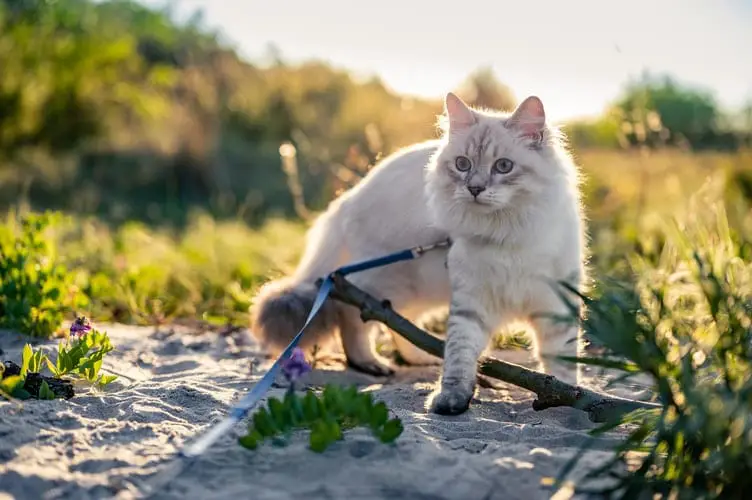
Conclusion
Some cats like to be taken our for walks more than others. While outdoor strolls have many potential benefits (in particular for cats kept indoors all the time), you should definitely consider the type of cat you own before deciding to buy a leash and harness.

